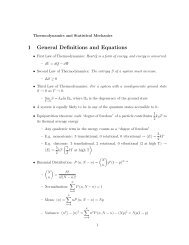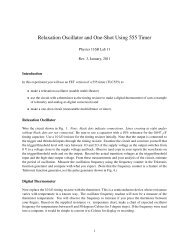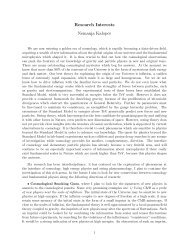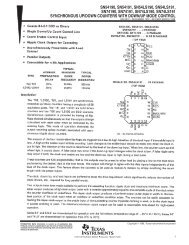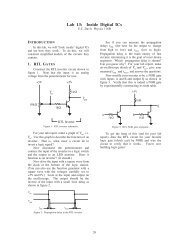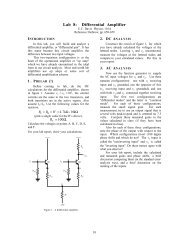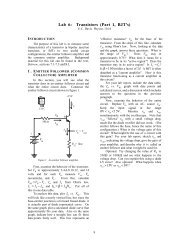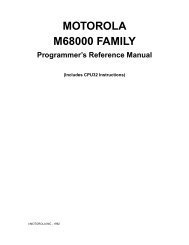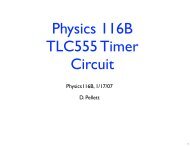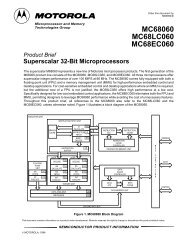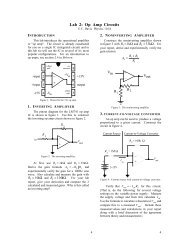M68000 Microprocessor User's Manual
M68000 Microprocessor User's Manual
M68000 Microprocessor User's Manual
You also want an ePaper? Increase the reach of your titles
YUMPU automatically turns print PDFs into web optimized ePapers that Google loves.
3.7 M6800 PERIPHERAL CONTROL<br />
These control signals are used to interface the asynchronous <strong>M68000</strong> processors with the<br />
synchronous M6800 peripheral devices. These signals are described in the following<br />
paragraphs.<br />
Enable (E)<br />
This signal is the standard enable signal common to all M6800 Family peripheral<br />
devices. A single period of clock E consists of 10 MC68000 clock periods (six clocks<br />
low, four clocks high). This signal is generated by an internal ring counter that may<br />
come up in any state. (At power-on, it is impossible to guarantee phase relationship of E<br />
to CLK.) The E signal is a free-running clock that runs regardless of the state of the<br />
MPU bus.<br />
Valid Peripheral Address (VPA)<br />
This input signal indicates that the device or memory area addressed is an M6800<br />
Family device or a memory area assigned to M6800 Family devices and that data<br />
transfer should be synchronized with the E signal. This input also indicates that the<br />
processor should use automatic vectoring for an interrupt. Refer to Appendix B M6800<br />
Peripheral Interface.<br />
Valid Memory Address (VMA)<br />
This output signal indicates to M6800 peripheral devices that the address on the<br />
address bus is valid and that the processor is synchronized to the E signal. This signal<br />
only responds to a VPA input that identifies an M6800 Family device.<br />
The MC68008 does not supply a VMA signal. This signal can be produced by a<br />
transistor-to-transistor logic (TTL) circuit; an example is described in Appendix B<br />
M6800 Peripheral Interface.<br />
3.8 PROCESSOR FUNCTION CODES (FC0, FC1, FC2)<br />
These function code outputs indicate the mode (user or supervisor) and the address<br />
space type currently being accessed, as shown in Table 3-3. The function code outputs<br />
are valid whenever AS is active.<br />
3- 8 <strong>M68000</strong> 8-/16-/32-BIT MICROPROCESSORS USER'S MANUAL MOTOROLA



